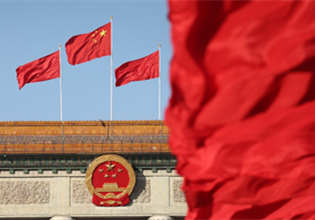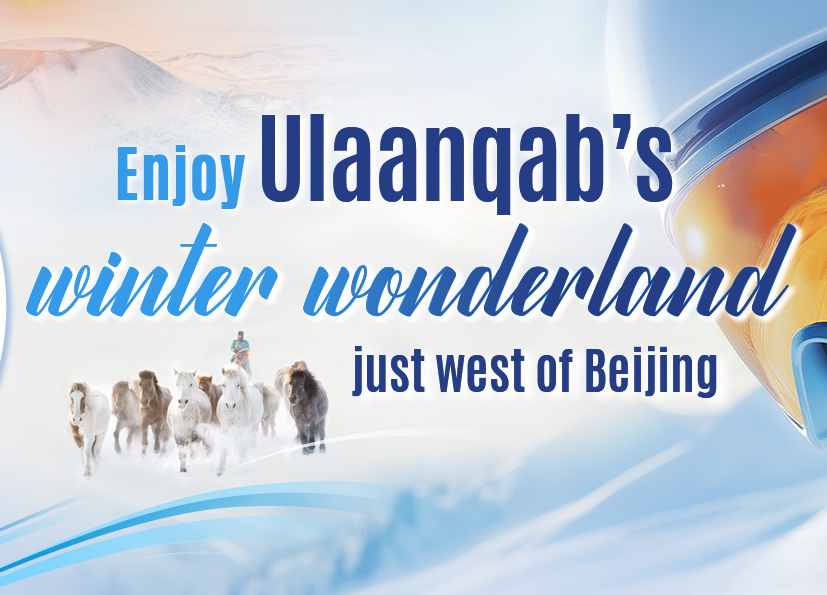Inner Mongolian agriculture and livestock products expect larger market
Inner Mongolia autonomous region is home to household brands such as dairy giants Yili and Mengniu and leading cashmere producer Erdos, but most products from the region are still obscure to customers.
Promoting the brands and expanding the marketing channels for these products is a challenge for the region.
In fact, about 54 percent of the high-quality wheat, beef and mutton in Beijing and Tianjin markets are produced in the region.However, due to the unknown brands, most consumers do not know this.
A large part of the processing and marketing enterprises in Inner Mongolia is small-sized and uncompetitive. The absence of leading roles and deficiency in brand-building have prevented them from developing market advantages, explained by Ma Lin, an official from Inner Mongolia Supply and Marketing Cooperative. 2,038 products from the region are labeled as green food, pollution-free, organic food label or have geographical indications, which will help Inner Mongolia’s agricultural brand building.
On the other hand, region ranks 24th in China for the number of valid registered trademarks. “There is only 1 registered trademark for every 25 enterprises,” introduced by Huo Wu, deputy head of Inner Mongolia Industrial and Commercial Bureau. “The brands are lagging and have limited support for the region’s agricultural development,” he added.
Agricultural and livestock enterprises should expand the markets en bloc and build their own brands, he said. “A single enterprise is weak, and we hope the government will build distribution markets outside of Inner Mongolia and lead us to larger markets,” a manager of a plantation cooperative suggests.
“In order to build Inner Mongolia into a base for green agriculture and livestock, we must rely on the government and market,” said Ma Lin.
Thanks to the support of Beijing and Inner Mongolia governments, a square for the marketing of Inner Mongolian green agricultural and livestock products opened in the capital in last October.
Over 100 enterprises were selected by Inner Mongolia Supply and Marketing Cooperative with focuses on organic, green, pollution-free, geographical indications and original products. The companies are exempt from rent for the first year. In addition to over 10,000 products, the square also a showcase for the ecological and cultural environment of 12 cities and leagues in the region, as well as their specialties.
“Free from rent pressure, some companies are selling and exhibiting their products at the same time, and striving to expand their markets and improve their popularity,” said a manager in the square.
The square is practice for the region’s agricultural producers to expand their markets. Zhang Wei, an associate researcher from Chinese Academy of Social Sciences, echoed that it’s a good practice to build an integrated exhibition platform for green agricultural products in Beijing, because “the experience of consumers is important for agricultural products marketing”, and “it’s a practical way to push high-quality products into larger markets”. However, he says, it takes a long time to cultivate the market.
In order to further promote the square’s name, it plans to organize an Inner Mongolia food forum, promotion fair and food festival this year. Meanwhile, it has been striving to develop online business and to integrate online business, trade centers and retail stores.
Inner Mongolia will implement the outward project for green agriculture, according to Wang Yuming, vice-chairman of the region, and will work to expand marketing channels and promote products across China.
 |
|
Officials of Inner Mongolia visit the green agricultural and livestock products square in Beijing on Dec 11, 2014. [Photo/cpc.people.com.cn] |



 Print
Print Mail
Mail





